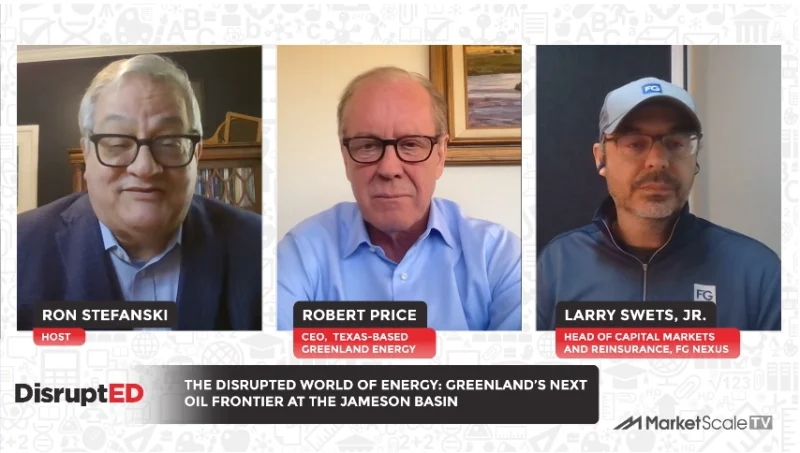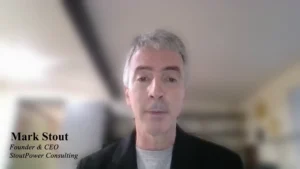Are EVs a Threat to the Grid?
The buzz around going green and electric vehicles is rampant. Some states, like California, have already set lofty goals to eliminate new gas-car sales. Other states are following, but public opinion range from optimistic to frustrated. Recently a poll in Seattle showed that most oppose the gas-car ban, and demand for EVs is high.
Regardless of feeling, EVs are becoming more popular. Can the grid handle the impending demand? Experts from FLO, EV charging solution provider and network operator, weigh in on what it will take and what the future of more EVs could look like.
Gabrielle Bejarano discusses an EV-equipped grid with Nathan Yang, Chief Product Officer at FLO, and Matthieu Loos, Senior Technical Advisor at FLO. As the demand for EVs continues to grow, the demand for energy to run those EVs will also increase. In short, the grid will be able to handle it. Yang and Loos discuss the adjustments needed to prepare the grid, how it will benefit us, and harness the flexibility that EVs provide.
- Short-term solutions for preparing the grid will vary from region to region, as areas direct power that they have already invested in, like solar, hydro, and wind.
- The group converses about incentives that are in place to decrease stress on the grid and potential future incentives.
- The discussion zeros in on how standardization is needed to harness the flexibility of EVs.
In terms of the grid, “there’s a lot of FUD, fear, uncertainty, and doubt in the market,” said Yang. Loos considers EVs an expanding trend of electrification that the US has been adopting for a long time, with lights, appliances, and heating. “It brings a tremendous amount of flexibility to the grid that we need to leverage appropriately,” said Loos. The discussion forecasts brightness, “Imagine a future where the communication and exchange of power between the batteries in your home, between the devices of your home, between the grid is all standard and is all centralized, and they could all talk to each other,” said Yang. This flexibility would lead to a decarbonized future, better bounce back after natural disasters, and higher rates of self-sufficient areas.
Nathan Yang has been in the field for quite some time. In his role, he leads the engineering, project management, and design team. Matthieu Loos has a decade in the industry. His job is to ensure that FLO is working on cutting-edge technology.









